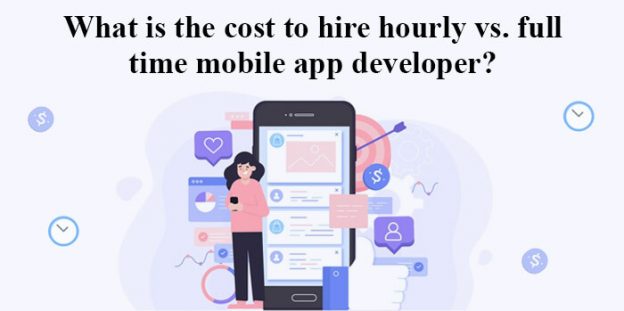10 Best Practices Adopted by Developers for Android App Security

Security is one of the most prominent concerns for users while being on any digital platform. People use mobile apps to perform a wide range of activities which might require them to bring off heavy transactions or share some sensitive information online. You have to maintain a good level of security even if your users are sharing just an email address with you because a loosely packed system is highly prone to malware attacks. According to a study, it has been found that 35% of the total communication sent by mobile devices are unencrypted. Ransomware attacks have been seen increasing from 2017 which is why Android app developers have to be cautious and carry out safety tests on regular basis.
Here are the best practices to put in your checklist while developing any app to apply extra layers of security to it.
1. Keep your code secured: Android app development companies should use Android SDK and not Android NDK in order to keep the native code secured. Data is received by the app when native code is integrated while the development process is going on. It can come from files that might be already exposed to security. Hence, your code has to be secured.
2. Code Obfuscation: Code obfuscation is a process in which an executable is modified due to which method instructions and meta data might get changed but no changes come in the final output. The motive is to make the executable not useful for hackers and hence your application becomes safe from external attacks. With obfuscation, you can secure your application against various threats like trade secret (IP) theft, bypassing licensing, unauthorized access or any other kind of vulnerability. It prevent your app from reverse engineering as well which is why it is one of the most important security measures one should adopt.
3. Use multi-factor authentication: Multifactor authentication is a method through which developers confirm the identity of the users multiple times before granting any kind of access to them. The rationale behind application of multi-factor security is to make hackers travel to a long path so that it becomes tough or impossible for them to breach the security and reach some sensitive information. Using tools such as JSON web tokens or OAuth 2.0, you can effortlessly set up an advanced authentication mechanism. It will ensure maintaining extra layers of security to your system.
4. Encrypting data: Encryption is process of protecting data at rest or even in transit. It basically uses the algorithm that converts plain text into jumbled or unreadable codes. It can be used to protect files on server, database, communication channels, hard drives and other sensitive data storage. This way, you can keep the important information safe from the hackers. Obfuscation and minification are two of the commonly used measures which are important but not enough at this stage. You need to stick with some well-supported and modern algorithms powered by API encryption.
5. Secure the server: Server and connected API are prone to attacks these days hence you need to combat this challenge by undergoing multiple rounds of code review or add firewalls.
6. Code tamper detection: Tampering is malicious and generally done to gain some kind of control over few or more aspects of the software with an unauthorized modification You need to protect your mobile app from the infected libraries or other vulnerable things which is why it is important to apply anti tamper mechanisms which might consist of various practices like adding anti-virus, signature verification and activity logs.
7. Transit data protection: Ensuring the security of transit data keeps utmost importance in development of any application. The devices that are non-complaint should not be given access to any form of corporate data. Make sure the valuable data associated with the application does not go in fraudulent or wrong hands.
8. Routine testing: There should be a routine testing of application once you start building it. According to statistical data, majority of Android devices use an Android versions that are old by at least two years. It clearly means that a lot of devices are presently at risk. Hackers take advantage of such vulnerabilities and hence you should perform a routine testing of your application to make it less prone of attacks. It is not possible for Google to lower down all such threats but yes Android keeps on releasing new updates which can mitigate theses risks. Safer side, regular testing is important for you while your application is under development and specially when it is live for public use. Another mechanism that is used by developers for server-side checks is penetration testing.
9. Strong validations: Do not be lazy while putting validations as you never know when any data improperly makes its way into your sensitive information system. Data validation is basically a check applied on the inputs given by any user. To make your application completely secured, you have to take care of putting powerful validations.
10. Confidentiality: The encryption key has to be at least 128 bits according to AES. Pinning certificate & hash key are used by the reputed developers to add extra layers of security to the system. It includes rebounding of a request that seems hashed string combined with a secret key. After that, this string is put forth and compared by the server with the request received so as to verify any alteration in the process.
Connecting with a professional and experienced development company would let you get further consultation regarding appending security to your system. Security is one of the most important aspects for the success of your application as it makes you reliable and trust worthy. With the rising cyber-attacks, strong passwords are not just enough to guarantee a good level of protection. Keeping your platform safe from hackers is a thing that requires additional amount of efforts and right strategies now specially when you get immense success. People would be behind to steal your success!








